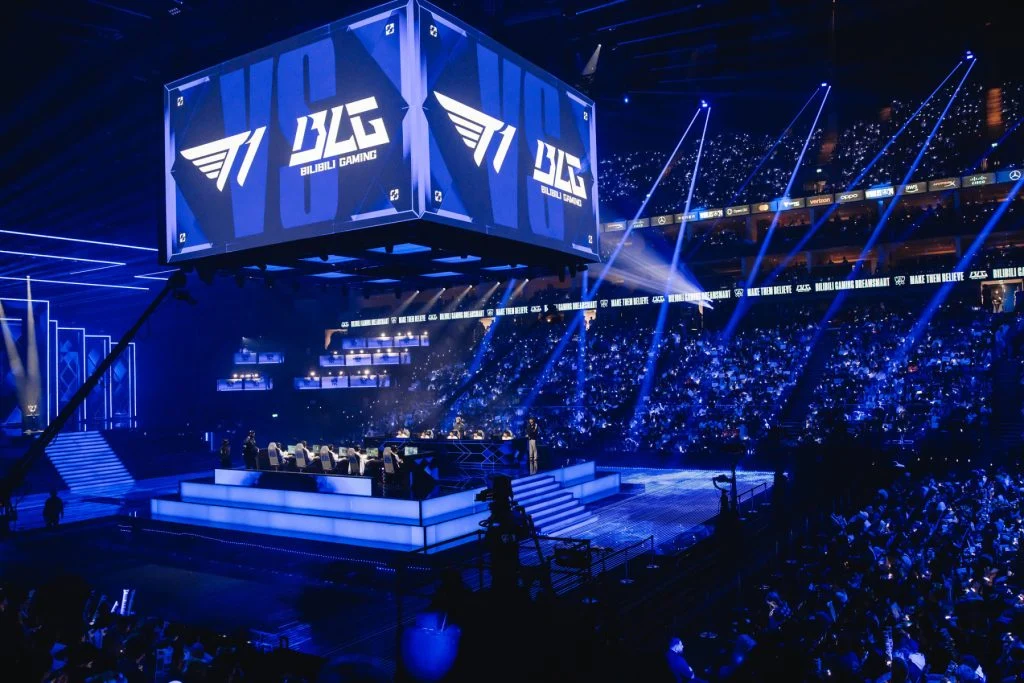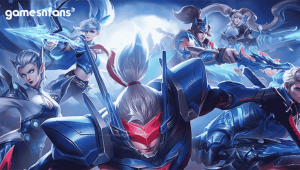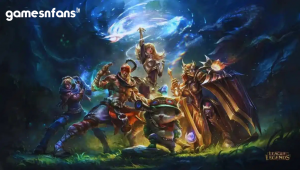Unveiling the Hidden Worlds: How League of Legends Esports Data Transforms Fan Engagement and Accessibility
3 min read
Unveiling hidden worlds: How League of Legends esports data is changing fan engagement and access
The League of Legends World Championship (Worlds) stands as one of the most watched esports tournaments around the world. From professional players to casual players, fans listen in on the excitement of the tournaments and the grandeur of the opening ceremonies. However, for many people, understanding complex game mechanics can be a challenge. This is where data steps in to change the fan experience.
The complexity of League of Legends
League of Legends is a multi-level game where players must navigate several variations including vision control, wave control, objective timing, and combat strategy This complexity can feel overwhelming for what he looks at her in vain. To address this gap, Riot Games, the game’s publisher, uses data to build compelling content, increase accessibility, and increase fan engagement.
How data brings games to life
Data-driven storytelling has become a cornerstone of esports broadcasting. Riot Games partners with platforms like GRID to capture, analyze and share game data in real time. This approach changed how fans engage with the game, both during live events and through post-game analysis.
For example, at Worlds 2024:
- They totaled 2,199 in 132 matches, averaging 27.1 kills per game.
- 233,269 Total creep score (CS), which indicates the accuracy required for gold generation.
- 154 Baron Nashore kills, and proves to be shrewdly in control of the game.
These statistics not only provide an insight into the intensity of the game but also give enthusiasts a deeper understanding of the game’s progress.
Evaluation of team and player performance
In addition to match-level data, individual team performance statistics are critical for analysis. At Worlds 2024, Champions T1 showed exceptional performance specifications:
- 13.5 kills per game with a 1.5:1 kill-to-death ratio.
- 75% Baron Nashor control, compared to FlyQuest’s 58%.
- He lost 8 tower plates per game, double that of some competitors.
Star players like T1’s ADC Gumayusi and mid-laner Faker stood out with outstanding metrics. Gumayusi averaged 6.4 KDA (Kills/Deaths/Assists) and 631 DPM (Damage per minute), while Faker averaged 4.4 KDA and 512 DPM.
This data serves multiple purposes, providing fans with solid information and insights for teams and coaches to refine strategies.
The impact of esports accounts has spread
Esports data extends far beyond its wide distribution. Betting platforms, fantasy esports products and data websites rely heavily on accurate live data to operate effectively. immediately:
- Fantasy esports platforms use extensive player stats to gain fans.
- Educators and researchers use data to identify strengths, weaknesses, and trends.
- The increased coverage ensures that even casual observers understand the intensity of the game.
Read Also:- ePremier League Returns for the 2024/25 Season: What to Expect and How to Participate
The role of GRID in esports data updates
GRID and Riot Games have collaborated to pioneer technologies like the League of Legends Data Portal. This platform gives teams access to real-time content for training and planning. By democratizing access to data, the Grid empowers not only professional groups but also fans, making esports more inclusive and participatory.
Changing fan engagement
Data helps create stories that engage both casual observers and active enthusiasts. Whether it’s demonstrating the dominance of T1 or defining the importance of Baron Nashor, figures allow fans to connect with the game on a deeper level.
The future of esports data
As esports continues to grow, data is still its lifeblood, shaping the way the game is played, viewed and analyzed. From improving fan experiences to supporting tournament strategy, the transformative power of data is limitless.
FAQs
Esports data increases fan engagement, provides teams with analytical insights, and enables casual viewers to streamline by simplifying complex gaming technologies
GRID partners with Riot Games to deliver real-time data, enabling in-depth match analysis, training strategies and fan engagement projects.
Globally, in 2024, 2,199 champion kills, 233,269 creep scores, and 154 Baron Nashore kills.T1 won with 13.5 kills per game and 75% Baron Nashore control.







